I like to run and am interested in going faster. This is an easy thing to measure, after a gruelling run around a well-trodden course, where I feel like I’ve been super quick, I can look at my time and see how long the run took. Usually, this results in a sobering dose of reality, despite the effort, I’ve not run quite as quick as my oxygen-depleted lungs would have had me believe.
Leadership is not like this, the metrics for measuring our performance are not easily accessible and comparing our performance with our last “trip around the track” not something we can do accurately. Depending on our disposition, we are probably going to think of ourselves either as amazing leaders or as poor or average leaders. Most of us the latter. This assessment is typically anecdotal, not based on data.
Most people can lead really well, we are not destined to be average or poor leaders.
Most people can lead really well, we are not destined to be average or poor leaders. Leadership consists of a simple set of skills and behaviours, which if carried out well will lead to remarkable results. Those skills and behaviours are available to us all but, like running, they will require intentional training and work in order for us to get better at them.
Below are eight “statements” defining key leadership skills. Have a look at them and assess your own status...
1. Vision
I know the measurable goals my team is aiming to achieve.
2. Self-leadership
I turn up to meetings on time and whilst in the meeting I am present.
3. Planning
We have a written down strategic plan for what SMART goals are going to be achieved and by when.
4. Clear communication
My team knows what we are aiming to do, how we are going to do it, our progress and our problems.
5. Performance
My team has achieved its performance targets.
6. Motivation
Each person on my team is clear and agreed on their responsibility, their authority and who they report to.
7. Performance improvement
My team knows where we have missed goals, the reasons we missed those goals and what we are going to do about it.
8. Creative practices and problem solving
We are doing new things today that we did not do before.
Take your time to pause over each of the above statements and consider its implication for your situation. It is easy to glance over them and give ourselves a cursory “yes”. Although the statements do not cover the whole gamut of leadership behaviours they do indicate healthy leadership in other areas. The statements are like the top floor of a building, the other floors and foundations need to be good for the top floor to be in place.
To develop and grow we need to identify our current position, what we are doing well, where we can improve. Without this information we are like a GPS searching for satellites. Most of us will be able to identify some areas to improve. Once we’ve identified the areas for growth, we can consider carefully what to do. The skills listed above are not difficult but do require work, effort and often doing things differently. We are all capable of turning up to meetings on time, but if we have had years of turning up late, are known affectionately as the person who will “soon be with us” being punctual will require some changing of habits. Similarly, talking in vague terms about how the future could look for our business or area of responsibility is an exciting thing to do, turning it into a strategic plan requires hard work, engagement of others and facing tough decisions on what to prioritise.
We get better at leadership by choosing one thing at a time to focus on, not everything. Getting better at leading is a long-term process, not an overnight fix. Consider the statements carefully, choose one area to improve and one action that will see that area improve and that is not too stretching to do.
Then do it.
This blog is inspired by the units that together, form our ILM Level 3 Certificate in Leadership and Management. Each unit is accessible as a which can be delivered in-house or accessed via our open course program. Find out more.





